We believe this lost-wax bronze cuff was created by the Igbo tribe of Nigeria. It has beautiful geometric designs throughout the piece. It measures 5.25 inches tall by 2.75 inches wide and weighs 1 pounds. It has some minor oxidation, but is in otherwise good condition.
Gorgeous Igbo Bronze African Cuff 5.25″ – Nigeria
$350.00 Original price was: $350.00.$245.00Current price is: $245.00.
Sold

| Type of Object | Bronze Cuff |
|---|---|
| Country of Origin | Nigeria |
| Ethnicity | Benin |
| Material | Copper Alloy |
| Approximate Age | Unknown |
| Height | 5.25" |
| Width | 2.75" |
| Depth | 2.75" |
| Weight | 1 lb |
| Overall Condition | Bronze and metal pieces may have signs of corrosion and wear and tear. See photos or inquire for more information. |
Tribe Information
About the Igbo People
The Igbo have an oral history that tells of their origins having come from a ‘sky being’ whom they call Eri. Eri was sent by Chikwu (God) down to Earth. When Eri first landed, he sat on an ant-hill looking at a marshy landscape. He began to complain about the conditions, so Chikwu sent a blacksmith who used bellows and charcoal to dry the land. Eri and his people lived plentiful until his death, in which all food ceased. One of Eri’s sons, Nri, objected to the lack of food, in which Chikwu’s reply was for him to sacrifice his first son and daughter and bury them in separate graves. 12 days after Nri complied, yams grew from his son’s grave and coco yam from his daughter’s. Later, Nri decided to kill a male and female slave, burying them the same way he did his children. Again, after 12 days, oil palm grew from the male slave’s grave while a fruit tree grew from that of the female slave. Since the creation of this Igbo oral tradition, all kings trace their origin back to the founding ancestor Eri and each king is a ritual reproduction of him.
Read more about the Igbo here.
You must be logged in to post a review.
Additional Information
About Lost-Wax Casting Method
In-direct lost wax casting is the most basic form of metal casting seen in African cultures. Scholars have yet to establish exactly how it was introduced and developed in West African regions, but it is known that it was being used prior to Portuguese explorers’ arrival in the late 1400’s.
To use this method, the artist must begin with a low melting point material that can retain its shape but is soft enough to carve intricate details into, such as beeswax. Once the artist finishes carving the details, layers of clay are applied to the outside and then left to dry. The first layer of clay applied takes on the details, while the additional layers of coarser clay provide strength to the entirety of the mold. Once fired, the wax is then melted, leaving only the baked clay shell. Liquid metal is then poured into the empty clay mold. Once the metal has hardened and cooled, the clay exterior is then broken. This process reveals the finished metal object, which is always unique due to the mold being destroyed during the final process.
Many West African sculptors have altered this method by using multiple castings, which can be used to create hollowed and thin metal figures. One of the ways to achieve the hollowed result is creating the wax sculptures over a formed clay core. Iron spikes are used to attach the solid clay core to the clay layers of the mold. The metal is then poured inside and left to cool and hardened. At the end of the process, the clay core is then broken up and removed and the final brass work is finished. These hollowed pieces can then be united to create larger figures or vessels.
Source:
Apley, Alice. (2001, October) African Lost-Wax Casting Essay. http://www.metmuseum.org/toah/hd/wax/hd_wax.htm


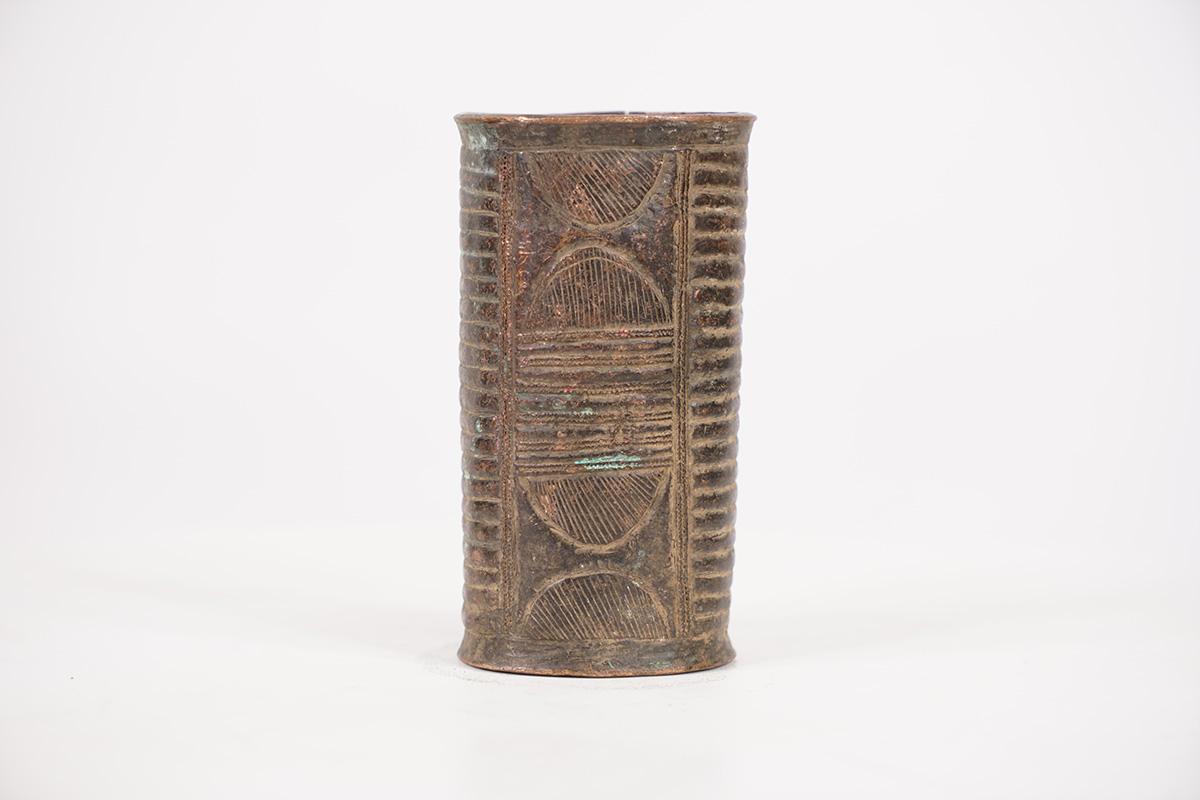

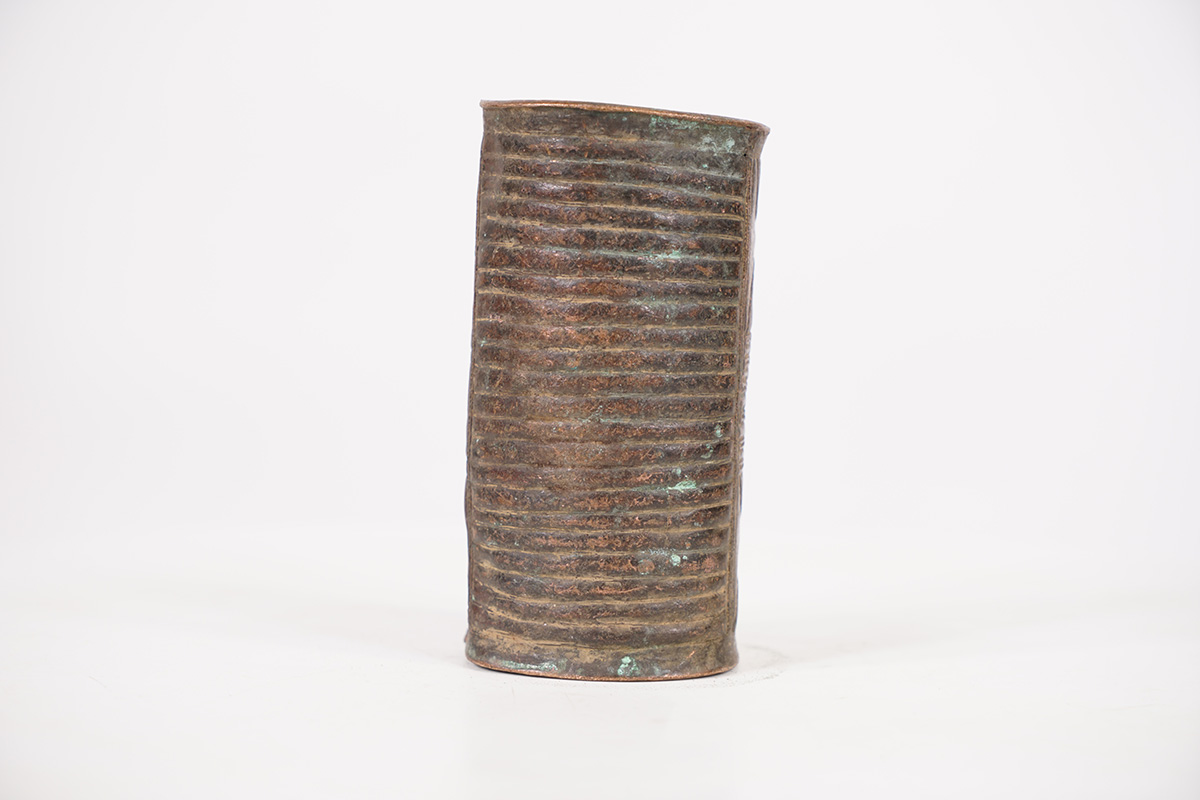
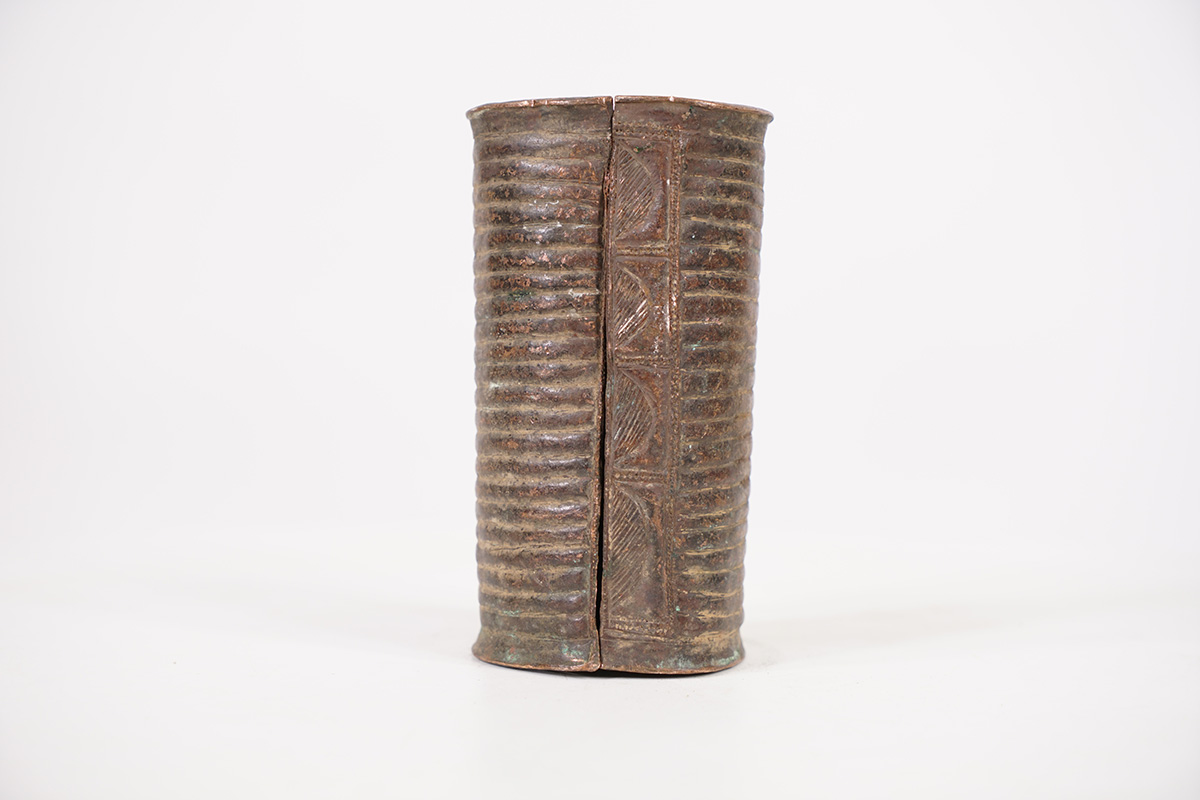

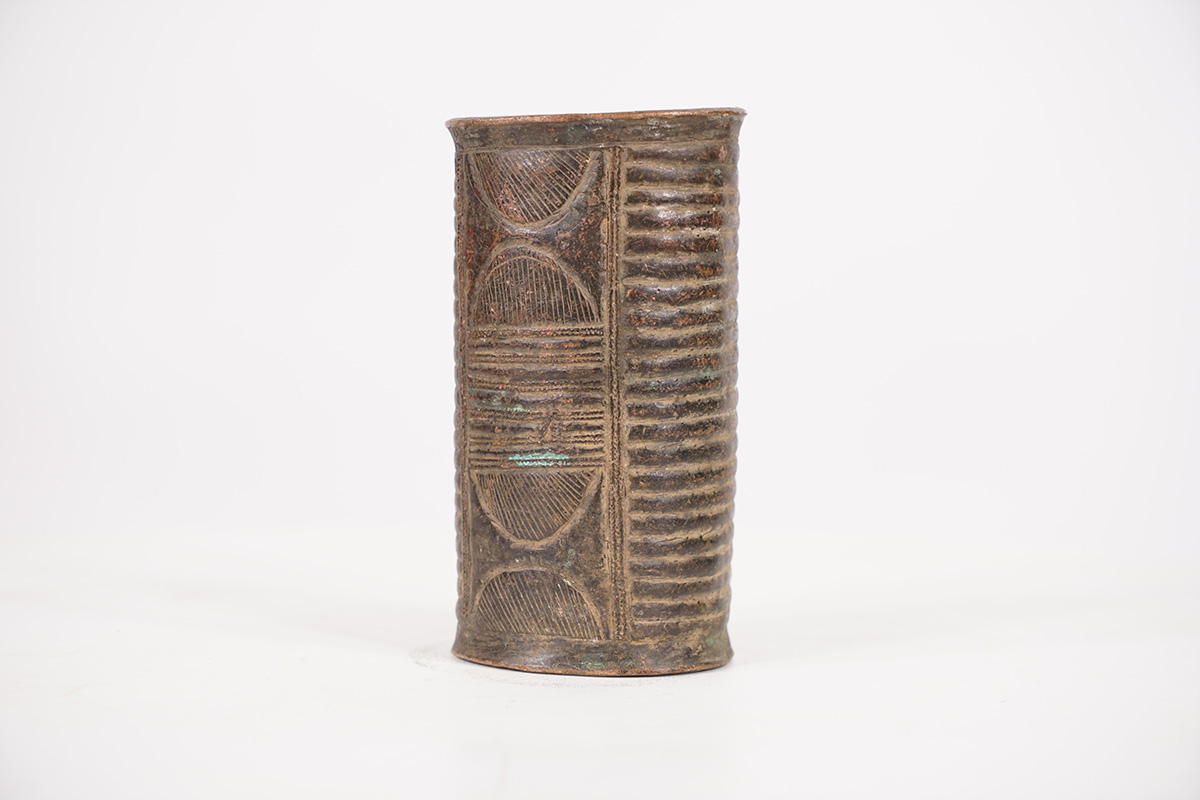
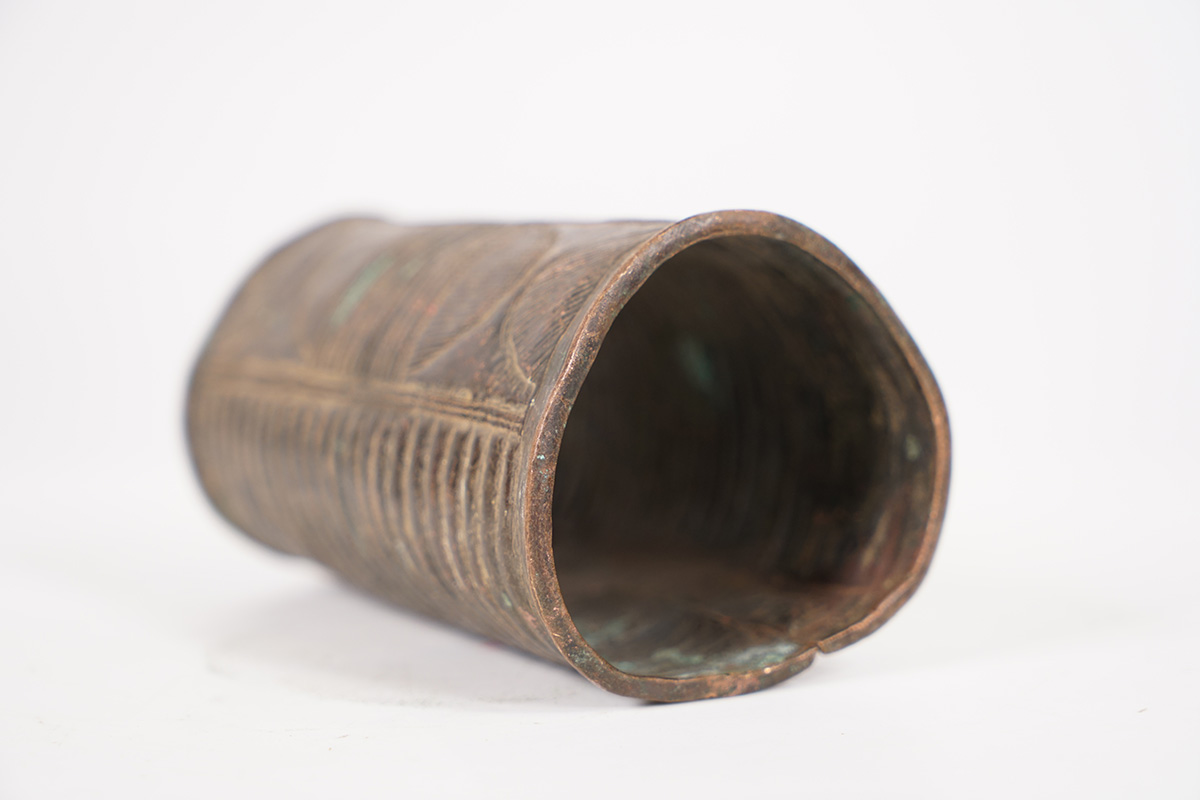
Reviews
There are no reviews yet.